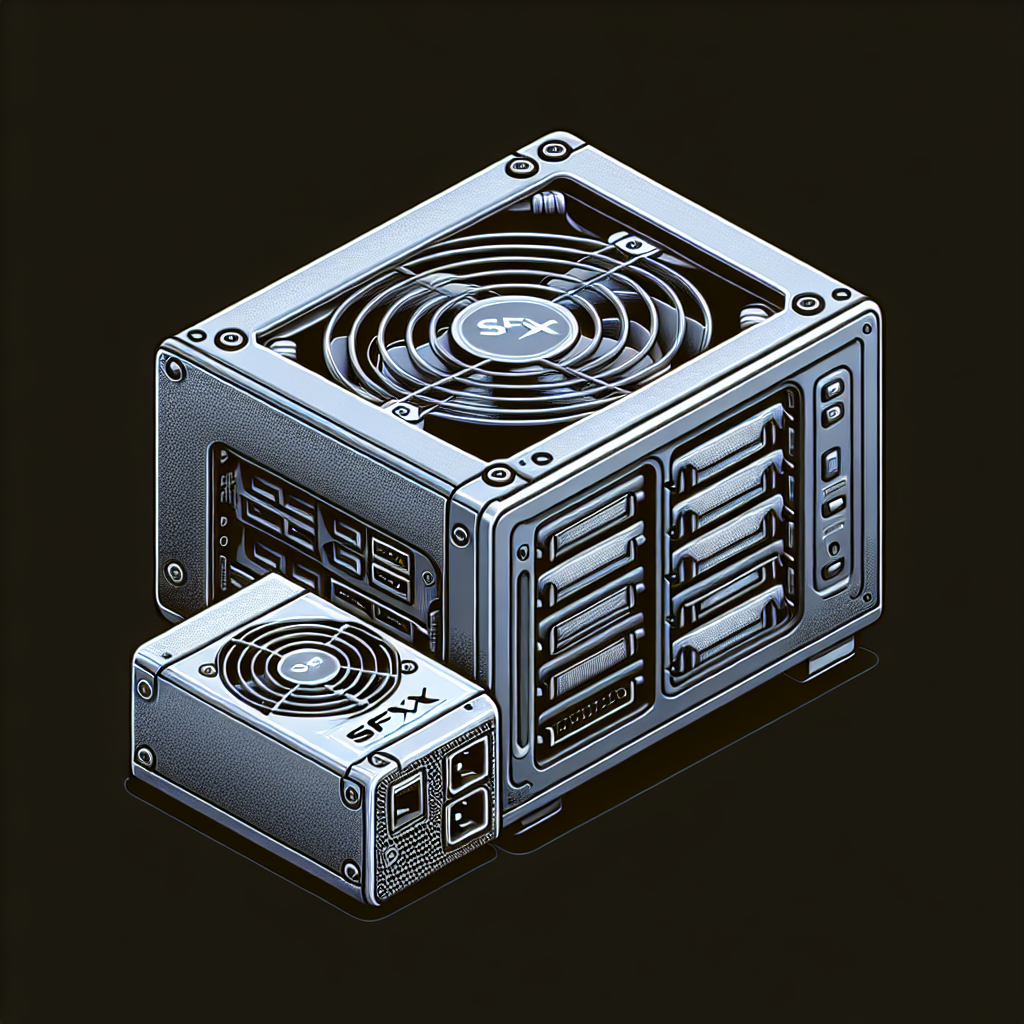When building or upgrading a computer, one of the critical components to consider is the power supply unit (PSU). Choosing the right type can greatly impact your system’s overall performance and stability. With various power supply formats available, a common question arises among PC builders: Can I use an SFX power supply in an ATX case? In this article, we delve into the compatibility, advantages, and installation tips for using an SFX power supply in an ATX case.
| Aspect | SFX Power Supply | ATX Power Supply |
|---|---|---|
| Size | Smaller form factor (100mm x 125mm x 63.5mm) | Larger form factor (150mm x 140mm x 86mm) |
| Power Output | Generally lower (up to 750W) | Higher capacity available (up to 1600W+) |
| Compatibility | Usually compatible with SFX and certain ATX cases | Standard for ATX cases |
| Cabling | Shorter cables, designed for compact builds | Longer cables for larger enclosures |
Understanding Power Supply Form Factors
Power supplies come in different form factors, which refer to the physical size and connector layout of the unit. The two most common formats are SFX (Small Form Factor) and ATX. SFX power supplies are designed for compact PCs, often used in small cases or home-theater PCs (HTPCs), while ATX power supplies are the standard for most desktop PCs.
Dimensions and Compatibility
As highlighted in the table above, the SFX power supply is notably smaller than its ATX counterpart. This size reduction benefits compact builds by conserving space. However, this raises the question of whether an SFX power supply can fit in an ATX case without compromising performance or functionality.
Using SFX Power Supply in ATX Cases
The short answer is: Yes, you can use an SFX power supply in an ATX case. Here are several factors to consider:
- Mounting Bracket: Many ATX cases come equipped with mounting brackets that allow for SFX power supplies. If your ATX case doesn’t have these brackets, you may need to purchase a separate adapter to secure your SFX PSU.
- Cable Management: The cabling of an SFX power supply is generally shorter. This can be beneficial in compact builds, but in an ATX case, it may require additional cable management to avoid cable clutter.
- Airflow and Cooling: Ensure that using a smaller PSU does not obstruct airflow within your case, as good cooling is critical for performance.
Advantages of Using an SFX Power Supply
Using an SFX power supply in an ATX case can have unique advantages:
- Space Efficiency: If you’re building a compact setup or limiting clutter, an SFX power supply can help streamline your components.
- Weight Reduction: SFX power supplies typically weigh less than ATX units, making it easier to transport or adjust your setup.
- Improved Cable Management: The shorter cables help reduce excess wiring, promoting a cleaner look that enhances airflow.
Disadvantages and Considerations
While it’s feasible to use an SFX PSU in an ATX case, there are several possible downsides to consider:
- Power Output: SFX PSUs generally have lower maximum power outputs compared to ATX units, which could limit performance if running high-end components.
- Cable Length: The shorter length of cables might not reach all required connectors in a larger ATX case, particularly in setups with multiple GPUs or other accessories.
- Availability: SFX power supplies, especially those with high wattage or modular options, may not be as readily available compared to ATX models.
Installation Tips for SFX Power Supply in an ATX Case
If you decide to go ahead with an SFX power supply in your ATX case, follow these installation tips:
- Check Compatibility: Before purchasing, ensure that your ATX case supports the SFX form factor or has an adapter kit available.
- Prepare Your Workspace: Ensure your workspace is free of static electricity. Use an anti-static wrist strap and work on a clean surface.
- Remove Existing PSU: If replacing an existing power supply, safely disconnect all components, unscrew, and carefully remove it from the case.
- Install the SFX PSU: Use the appropriate screws and the mounting bracket to secure the SFX power supply firmly in place.
- Connect Cables: Connect all necessary cables, ensuring they reach the components adequately. Use cable ties if needed to maintain organization.
- Test the Setup: Before closing the case, ensure everything is working correctly. Power on the system and check for errors.
Conclusion
In summary, using an SFX power supply in an ATX case is a viable option for builders looking to save space or simplify their setups. By carefully considering compatibility, potential advantages, and disadvantages, you can decide if this configuration fits your needs. With proper installation and attention to detail, you can enjoy the benefits of a high-functioning PC without compromising on performance. Happy building!
